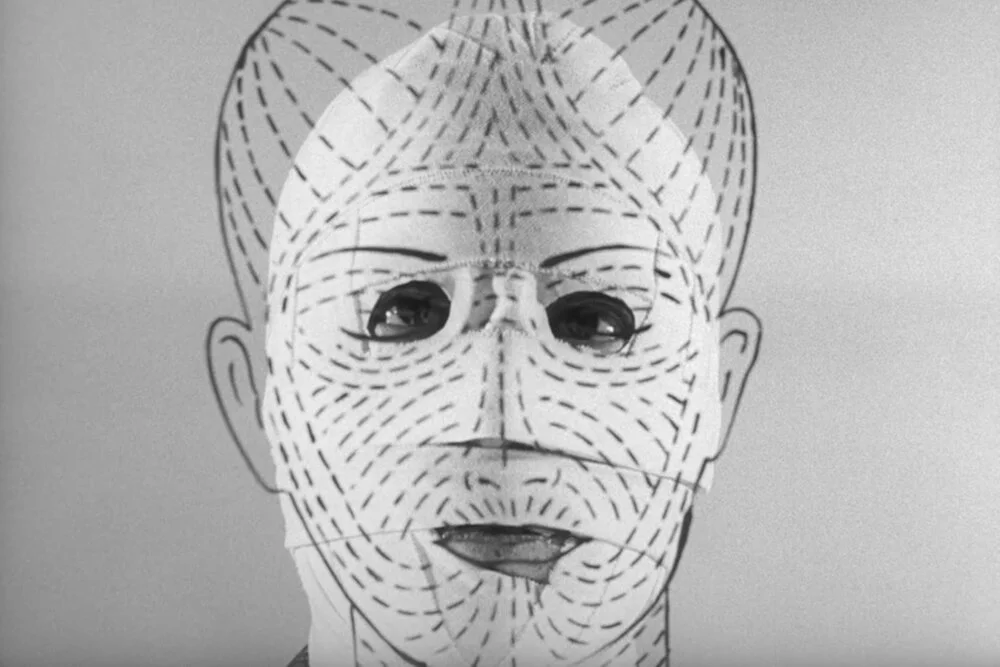Taking its name from the Nouvelle Vague, the Japanese New Wave (Nūberu bāgu) originated during a period of drastic societal change in Japan following the end of WWII. With an emphasis on taboo subjects and experimental storytelling, Japanese New Wave cinema explored themes of violence, radicalised youth culture and the country’s apparent delinquency epidemic. As well as bringing vice to the forefront of Japanese cinema, the new wave challenged well-established filmmaking constructs with innovative editing, composition and narrative techniques. But considering the radical, unconventional nature of the Japanese New Wave, it has a surprisingly corporate origin.
How the Japanese New Wave began
Image: 'The Face of Another' (Toho)
In 1955, popular Japanese studios systematically created this ultra-modern movement in order to regain the public’s interest in new releases. However, don’t let this dishearten you, as the Japanese New Wave gave filmmakers a rare opportunity to bring genuinely innovative ideas to mainstream cinema. The Japanese New Wave consistently pushed the boundaries of what could be shown in theatres, often discussing the carnality of mankind with stories of corruption, lewd realities and unadulterated societal truths.
Perhaps inevitably, the young filmmakers tasked with crafting the Japanese New Wave would become dissatisfied with their roles within large studios, allowing the movement to progress with independent productions and the ATG (Arts Theatre Guild). It’s this shift that arguably prevented the movement from becoming purely exploitative of taboo subjects, allowing Japanese New Wave cinema to be remembered for its analytical, philosophical approach towards Japan's societal issues.
“Why make a movie about something one understands completely? I make movies about things I do not understand, but wish to.” - Seijun Suzuki
Throughout the 1960s, new wave directors such as Seijun Suzuki, Hiroshi Teshigahara and Nagisa Oshima would continue to experiment with innovative editing, composition and narrative techniques, leading them to become world-renowned directors that still boast international cult followings. (Source)


